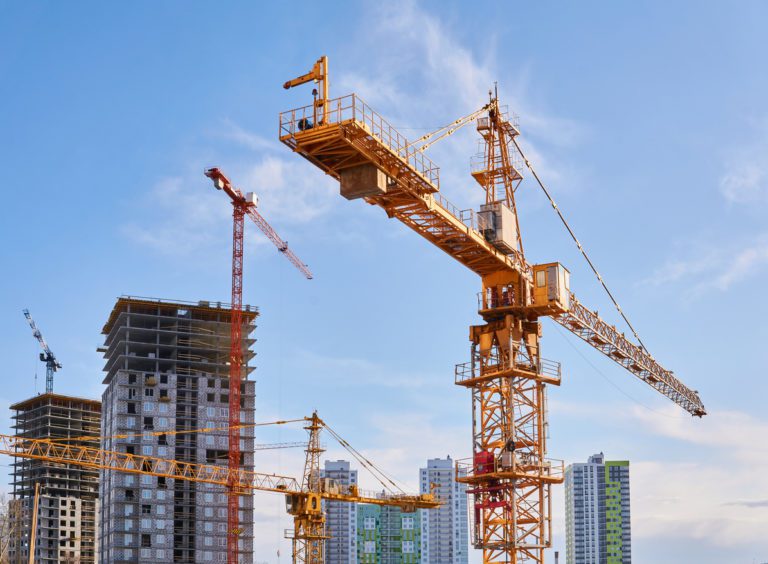by Anna Toon

Adopting new technology is critical to advancing the construction industry. While many organizations have embraced technology for more effective project delivery, collaboration, financial controls, and more, some owners are still hesitant.
Despite the accelerated speed of tech adoption due to COVID-19, there are still concerns about ROI, long implementation cycles, and ease of use that slow down its uptake. The upfront investment may be difficult to swallow for public sector owners who are subject to increased scrutiny from taxpayers and governing bodies, especially if the value isn’t realized until the job is done.
High vs. Low Performers
Yet, there are real risks associated with this adoption lag. A recent IDC report commissioned by Procore, “Owners at the Leading Edge: How Construction Project Owners are Using Technology to Achieve On-Time, On-Budget Performance” surveyed 500+ construction project owners and developers. The report found a stark contrast between the two groups examined in the research: high and low-performing owners. Those categorized as high-performers leveraged integrated digital solutions and delivered projects on budget and on schedule. The survey found that high performers were more likely to have standardized, formalized, and well-maintained processes, particularly in specific controls-related and construction process-related areas.
In contrast, low-performers were more likely to rely on manual processes or outdated productivity software, leading to a lack of standardization, transparency, and efficiency, as well as late and over-budget projects.
From Manual Processes to Successful Project Delivery
When public organizations shift from manual construction management processes to fully integrated technology systems, projects are more likely to be completed on time and on budget. By replacing old-school paper-based spreadsheets and siloed productivity applications with digitized, centralized and integrated systems, organizations can move toward their own definition of success in both operational and financial efficiencies.
With funding at your fingertips and even more on the way, there may be no better time to invest in technology to ensure successful project delivery in 2022 and beyond.
Investing in Technology
As you look to close out 2021 and into 2022, technology adoption should be top of mind for your organization. Integrated technology offers clear benefits to public sector owners across the project lifecycle. COVID-19 funds made available through the American Rescue Plan Act, the CARES Act, and subsequent relief packages may provide additional funding sources for technology solutions or further incentivize the investment. These should be reviewed closely in terms of the timeline to spend the funds as well as what expenses qualify.
In addition, the infrastructure bill is another potential funding source on the horizon. Proposed investments are expected to be the largest infrastructure deal since the Eisenhower administration; they include construction job creation, wider broadband access, climate change management, and new resilient and sustainable infrastructure. While the bill has yet to pass, an infrastructure bill of this size can significantly increase the number of new projects.
For more on the state of the bill, what types of programs are likely to be funded, and how those funds will impact public sector construction, be sure to join Procore’s webinar “Looking Ahead: What the Infrastructure Bill Means for Public Sector Construction,” on November 4 at 2 pm ET. Joining the webinar will be Sandra Benson, Procore’s Global Head of Industry Transformation, who also serves on the Board of Directors of the National Institute of Building Sciences (NIBS).
To register for Procore’s webinar Looking Ahead: What The Infrastructure Bill Means For Public Sector Construction or to watch it on demand –

Anna Toon
Anna is a product marketing manager at Procore focused on the public sector. Her passion is on ensuring owners have the right technology to mitigate risk, standardize projects, and maintain visibility and control of their project data.


